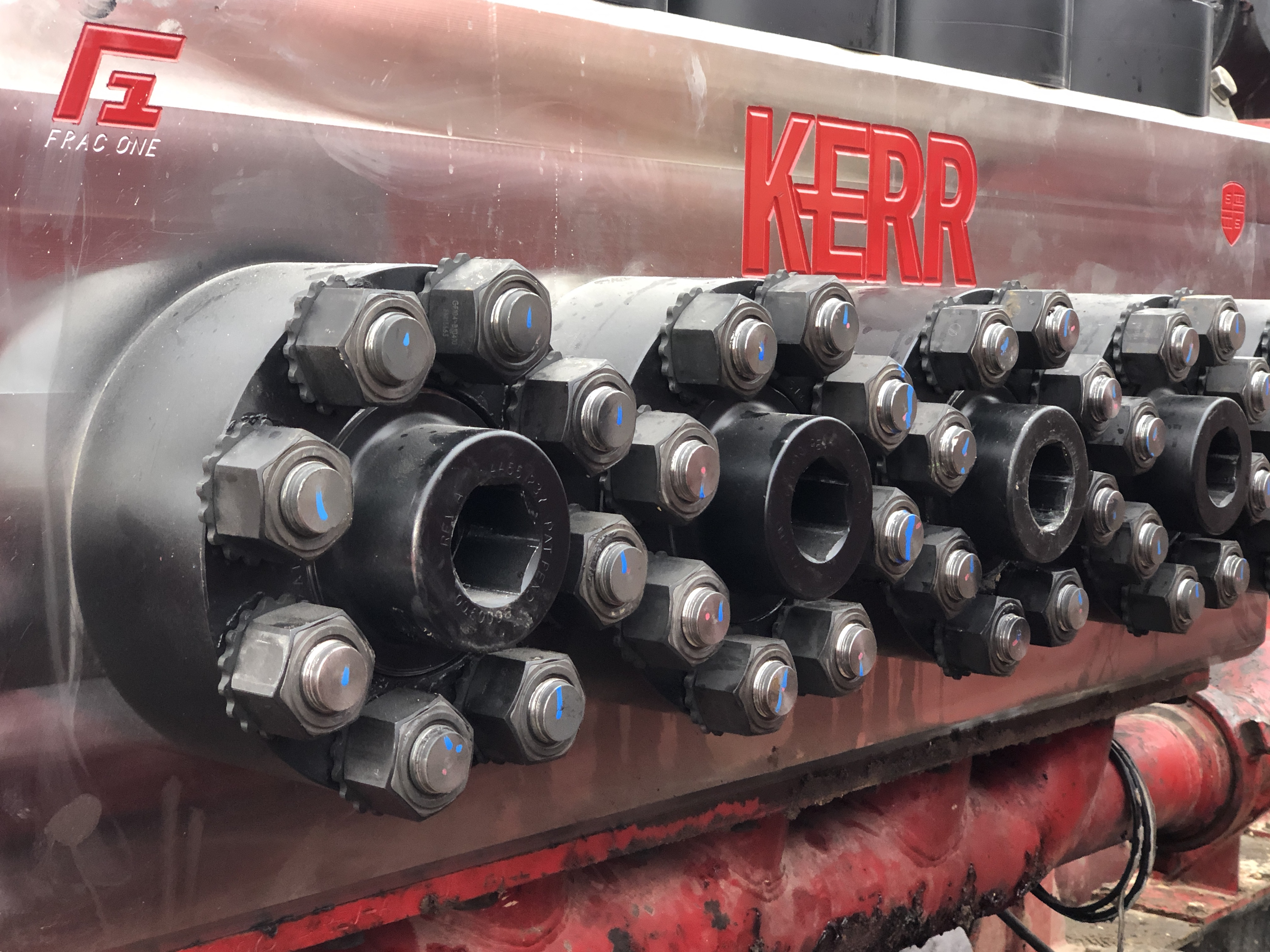The most recent downturn in oil prices presented some of the darkest times for oilfield equipment manufacturers and their pressure pumping customers. Tens of thousands of machine shop, manufacturing and oilfield service workers were furloughed. The downturn did not discriminate against executives, middle managers or critical hands-on workers. Now that the dust has settled, there was a new message to those who survived—innovate or die.
It is the mantra that E&P operators, supporting service contractors, equipment manufacturers and even the suppliers of raw materials have come to embrace. Desperate times called for desperate measures, and no group was immune to the immense pressure to cut costs, lead times and process cycle times.
In 2015 Kerr Pumps was drawn into the fluid end replacement market by several large pressure pumpers in search of longer lasting fluid ends that could withstand the high pressures needed to fracture shale. At that time, a global special metals producer was looking for a partner to experiment using an extremely tough aerospace stainless steel alloy for fluid end forgings. Super Stainless, a high-tensile, high-Charpy stainless steel, was introduced as an innovative metallurgy as compared to 4330 carbon steel and 17-4 PH stainless steel.
Through the downturn, the company continued development of new sealing technologies and fluid end designs that shifted wear to sacrificial consumable components rather than to the expensive fluid end. In 2017 the two-piece Frac 1 CONNECT fluid end was developed with a 30% to 40% lower price point than the legacy flange-style design.
New fluid end, valve seat designs
To dissipate the enormous cyclic stresses generated within fluid ends during high-pressure pumping, a departure from the legacy fluid end form factor was required. Most notable was the transition from threaded suction cover caps to a stud-and-nut design.
In pumps that use the threaded suction cover caps, a 4.5-in. plunger pumping at 12,000 psi delivers more than 287,000 lb of stress onto the threads of the caps. With the stud-and-nut design of the Frac 1 CONNECT fluid end, that stress is dispersed down to 35,875 lb across each of the eight studs and nuts (Figure 1).

If there is one Holy Grail in pressure pumping, it would be maintenance-free stages for the fluid ends. Valve seats are the lowest common denominator for routine fluid end maintenance. The company developed the Super Seat valve seat to address wear (Figure 2). The stainless steel construction of the valve seat includes tungsten carbide at the strike face to endure more than 200 hours of operation regardless of the proppant composition or the shale basin. Since January the company has monitored the field performance of thousands of Super Seats, with numerous reports of the seats lasting more than 400 hours with minimal signs of wear.

Developed to bridge the gap until a longer lasting, 200-plus-hour valve is introduced, the company has developed the Frac One X (F1X) fluid end design, which features a bolt-on threaded hammer nut to access the fluid end (Figure 3). The F1X provides the familiar threaded cover cap of the legacy-style fluid end with an added failsafe protection. The major problem this design solves is seized cover caps from broken threads. Simply replace the bolt-on threaded hammer nut—in the field—and resume pumping. The F1X brings forward the new two-piece fluid end design for a more rigid connection with substantial stainless steel cost savings. Additionally, there are bolt-on cover caps to disperse the massive cyclic stress loads, while providing threaded connections for simpler swap out of valves and valve seats.

Recommended Reading
E&Ps Posting Big Dean Wells at Midland’s Martin-Howard Border
2025-04-11 - Diamondback Energy, SM Energy and Occidental Petroleum are adding Dean laterals to multi-well developments south of the Dean play’s hotspot in southern Dawson County, according to Texas Railroad Commission data.
On The Market This Week (April 7, 2025)
2025-04-11 - Here is a roundup of marketed oil and gas leaseholds in the Permian, Uinta, Haynesville and Niobrara from select E&Ps for the week of April 7, 2025.
US Oil Rig Count Falls by Most in a Week Since June 2023
2025-04-11 - The oil and gas rig count fell by seven to 583 in the week to April 11. Baker Hughes said this week's decline puts the total rig count down 34 rigs, or 6% below this time last year.
IOG, Elevation Resources to Jointly Develop Permian Wells
2025-04-10 - IOG Resources and Elevation Resources’ partnership will focus on drilling 10 horizontal Barnett wells in the Permian’s Andrews County, Texas.
Saudi Aramco Discovers 14 Minor Oil, Gas Reservoirs
2025-04-10 - Saudi Aramco’s discoveries in the eastern region and Empty Quarter totaled about 8,200 bbl/d.
Comments
Add new comment
This conversation is moderated according to Hart Energy community rules. Please read the rules before joining the discussion. If you’re experiencing any technical problems, please contact our customer care team.




